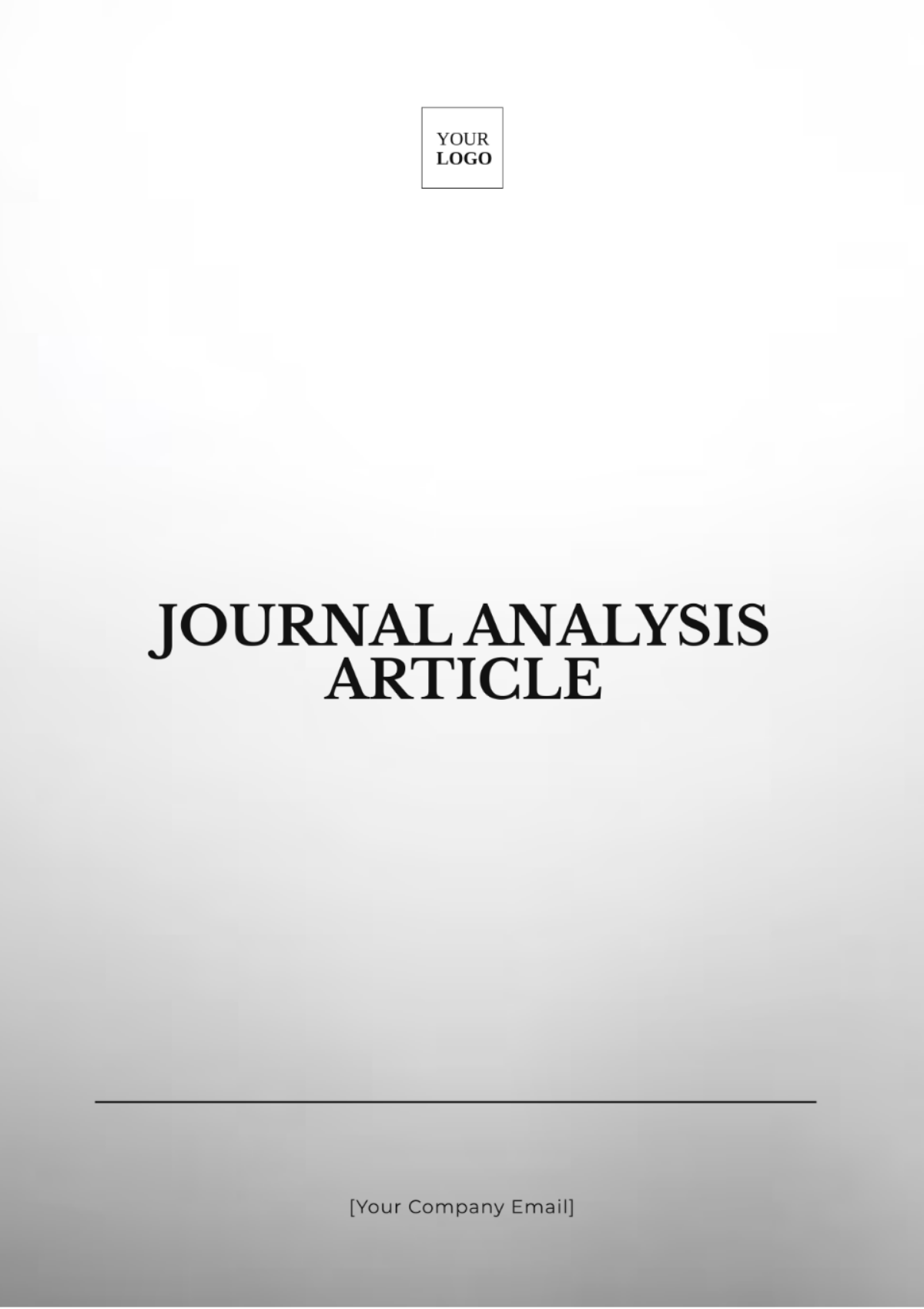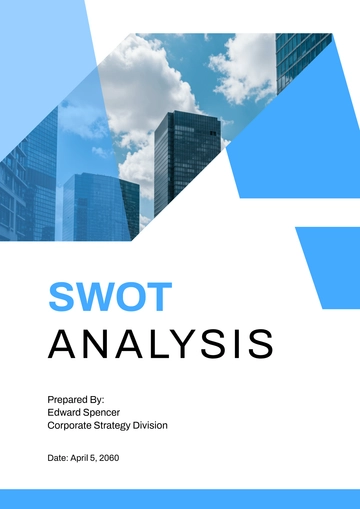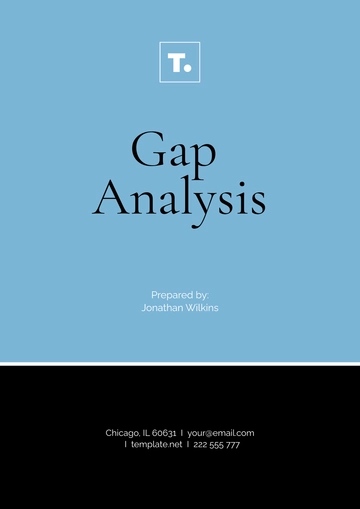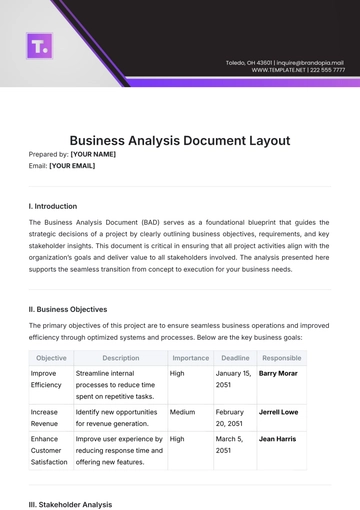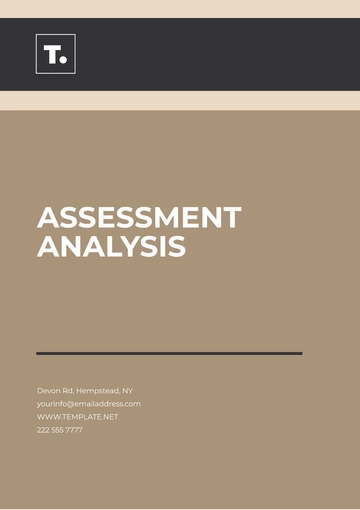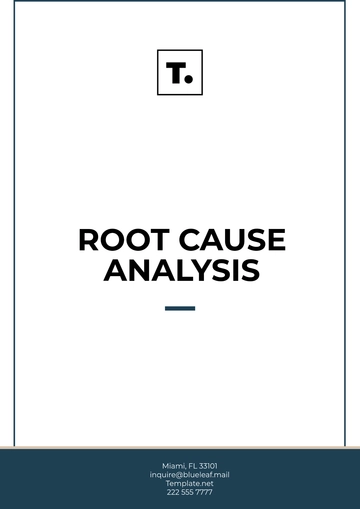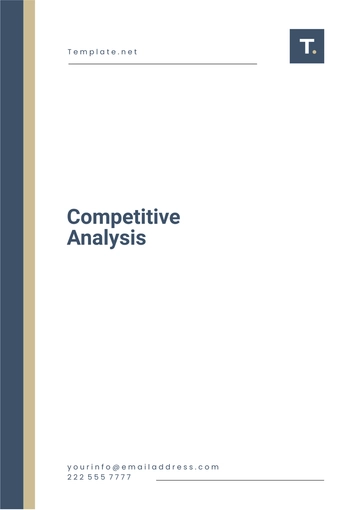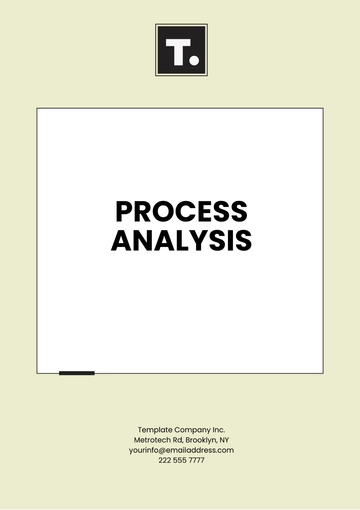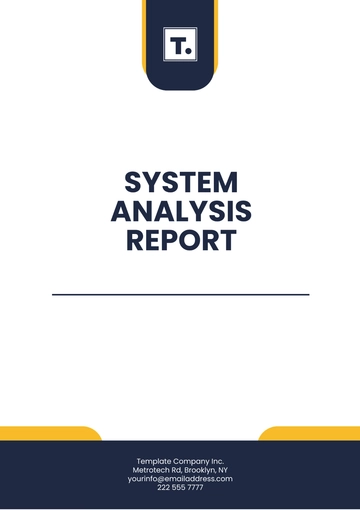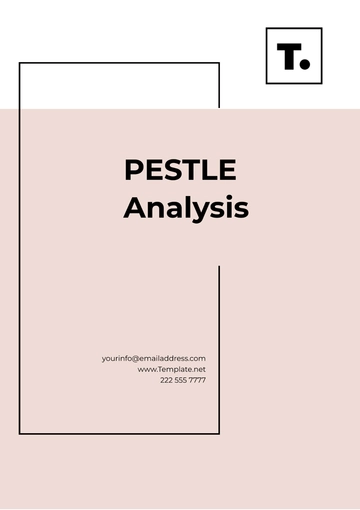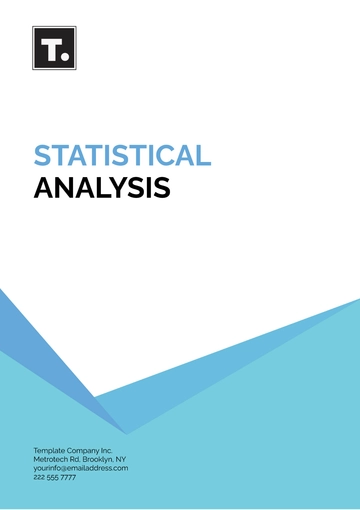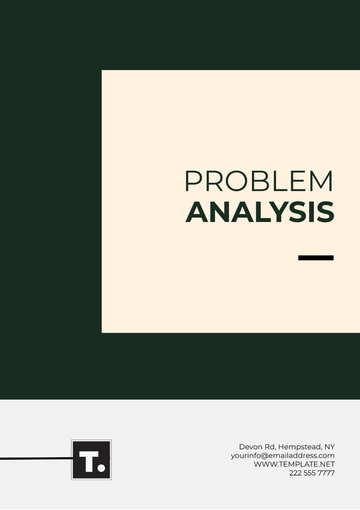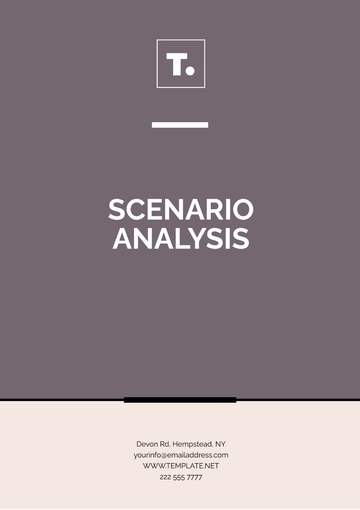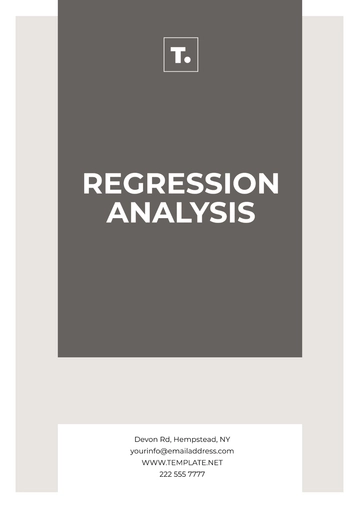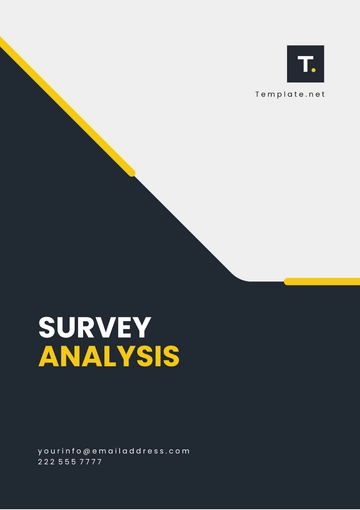Journal Analysis Article
Title | An Analysis of Recent Advances in Machine Learning Techniques for Natural Language Processing |
Author | [YOUR NAME] |
Date | [DATE] |
I. Introduction
This analysis aims to evaluate recent advancements in Machine Learning (ML) techniques specifically applied to Natural Language Processing (NLP). Through a detailed examination of journal articles that have been published over the past five years, this study aims to illuminate significant advancements within the field, pinpoint existing deficiencies and gaps in current research, and provide an array of recommendations for future investigation and exploration in this rapidly evolving discipline.

II. Literature Review
Recent literature on Machine Learning techniques for Natural Language Processing reveals several key trends:
Deep Learning Models: Significant advancements in deep learning, particularly with Transformer-based models like BERT and GPT, have markedly improved NLP tasks such as language translation and sentiment analysis.
III. Methodology
To carry out a comprehensive analysis, we selected 50 journal articles published from 2050 to 2055. These were chosen based on their relevance to machine learning techniques in natural language processing (NLP), citation frequency, and the journals' impact factors. Our qualitative review examined each article's methodology, results, and contributions to the field. This approach aimed to provide a nuanced understanding of the literature on machine learning in NLP.
IV. Theoretical Framework
This analysis is based on the theoretical foundations provided by the domains of machine learning and natural language processing. Important concepts that are integral to this analysis include supervised learning methodologies, the detailed structures and designs of neural networks, and the recent advancements in algorithms within the field of natural language processing. By applying this theoretical perspective, the analysis aims to place the development of various techniques into context, thereby shedding light on how these techniques have evolved and what practical implications they bring to their respective fields.
V. Analysis/Discussion
The review of the selected articles highlights several advances:
Despite these advancements, several gaps remain:
VI. Comparative Analysis
Comparing different ML techniques reveals:
VII. Conclusion
This analysis underscores the transformative impact of recent ML advancements on NLP. Transformer-based models and multimodal approaches represent significant progress, but challenges such as computational efficiency and bias mitigation need to be addressed. Future research should focus on improving model efficiency, developing robust bias correction techniques, and exploring new applications of NLP in diverse fields.
VIII. References
Smith, J. (2050). Advancements in Transformer Models for NLP. Journal of Machine Learning Research, 22(4), 123-145.
Doe, A., & Brown, B. (2050). Transfer Learning in Natural Language Processing: A Comprehensive Review. International Journal of Computational Linguistics, 19(2), 67-89.
